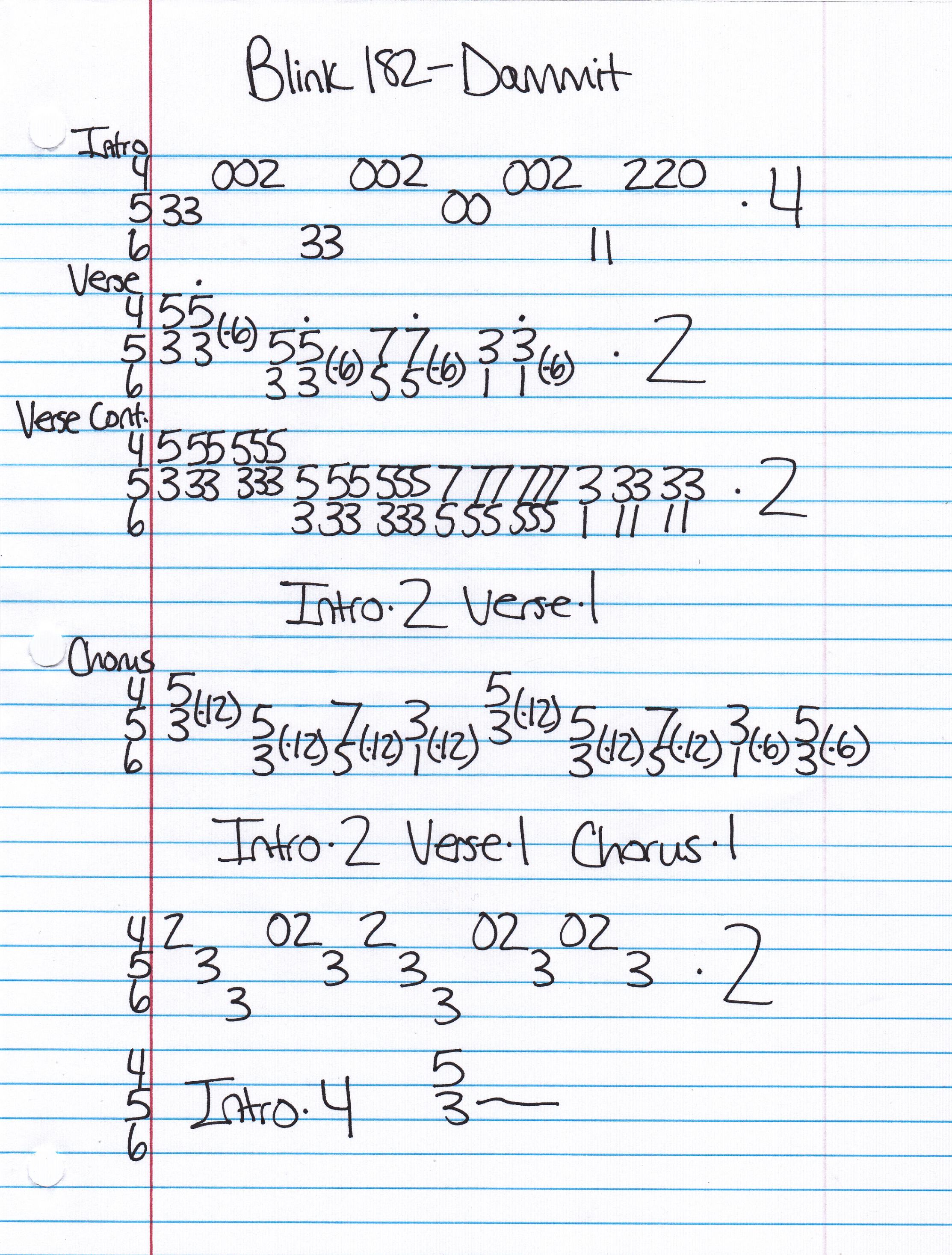

This is a dynamic list and may never be able to satisfy particular standards for completeness. I–IV– ♭VII–IV is a similar chord progression which is arch formed (I–IV– ♭VII–IV–I), and has been used in the chorus to " And She Was" (1985) by Talking Heads, in " Let's Go Crazy" (1984) by Prince, in " Like a Rock" (1986) by Bob Seger, and in " Steady, As She Goes" (2006) by The Raconteurs (minor tonic: i–V– ♭VII–IV). It opens the verse to " Brown Eyes" by Lady Gaga, is used in the chorus to " Rio" (1982) by Duran Duran and " Sugar Hiccup" (1983) by the Cocteau Twins, and is in the 2nd part of the bridge in " Sweet Jane" (1988) by the Cowboy Junkies. " Cinnamon Girl" (1969) by Neil Young uses I–v– ♭VII–IV (all in Mixolydian). This progression is used in other songs including " Turning Japanese" (1980) by The Vapors, " Sample in a Jar" (1994) by Phish (I–iii– ♭VII–IV), " Waterfalls" (1995) by TLC, and "Don't Tell Me" (2000) by Madonna. The progression also makes possible a chromatic descent over a contiguous heptachord (minor third): 8 ^ descent. The use of the flattened seventh may lend this progression a bluesy feel or sound, and the whole tone descent may be reminiscent of the ninth and tenth chords of the twelve bar blues (V–IV). There are few keys in which one may play the progression with open chords on the guitar, so it is often portrayed with barre chords ("Lay Lady Lay"). It consists of two IV chord progressions, the second a whole step lower (A–E–G–D = I–V in A and I–V in G), giving it harmonic drive. I–V– ♭VII–IV may be viewed as a variation of I–V–vi–IV, replacing the submediant with the subtonic.


Its alright to tell me / What you think about me / I wont try to argue / Or hold it. The British progressive rock band Porcupine Tree made a song called " Four Chords That Made A Million" that appears to be a satire of the broad use of this progression in contemporary commercial music. Aprende a tocar el cifrado de Dammit (Blink-182) en Cifra Club. As of May 2020, the two most popular versions have been viewed over 100 million times combined. The song was subsequently published on YouTube. It was originally written in D major (thus the progression being D major, A major, B minor, G major) and performed live in the key of E major (thus using the chords E major, B major, C# minor, and A major). It does not accurately represent the chord progressions of all the songs it depicts. Ī 2009 song by the comedy group The Axis of Awesome, called " Four Chords", demonstrated the ubiquity of the progression in popular music, for comic effect for instance, as the progression is played as a ostinato, sometimes it is used as a vi–IV–I–V (i. Numerous bro-country songs followed the chord progression, as demonstrated by Greg Todd's mash-up of several bro-country songs in an early 2015 video. It goes without saying that you’re going to need to start this one slowly. Dammit rips it up at a whopping 215 beats per minute. The chord progression is also used in the form IV–I–V–vi, as in songs such as " Umbrella" by Rihanna and " Down" by Jay Sean. The tab is pretty straightforward there are only six notes in the whole riff. In this ordering, the progression ends with a double plagal cadence in the key of the dominant (in the Mixolydian mode) and could also be respelled ii–bVII–IV–I, opening with a backdoor turnaround.

Audio playback is not supported in your browser.


 0 kommentar(er)
0 kommentar(er)
